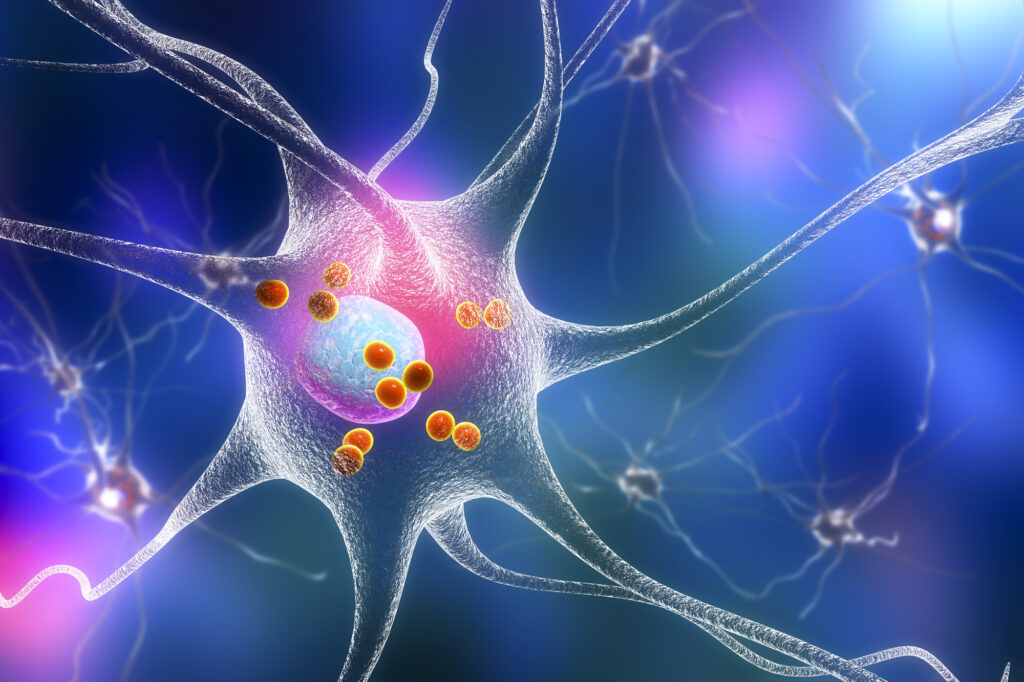When we talk about Alzheimer’s disease, we tend to focus on its effects on cognition and memory, but another hallmark of the condition is the disruption it causes to the body’s circadian rhythm, the internal biological clock that regulates many of our physiological processes. Nearly 80 percent of people with Alzheimer’s experience these issues, including difficulty sleeping and worsening cognitive function at night. However, there are no existing treatments for Alzheimer’s that target this aspect of the disease.
Researchers at the University of California San Diego (UCSD) School of Medicine, however, may be poised to change that. By placing mice on time-restricted feeding schedules, a type of intermittent fasting focused on limiting the daily eating window without limiting the amount of food consumed, the researchers were able to correct the circadian disruptions seen in Alzheimer’s disease. Their study was published August 21 in the journal Cell Metabolism.
The Study
One way to promote a healthy circadian rhythm is by controlling the daily cycle of feeding and fasting. The UCSD researchers tested this strategy on a group of 110 mice that were almost equally distributed across sex, genotype, and treatment lines. Prior to the study, all of the mice were fed at will and acclimated to a schedule of 12 hours of light and 12 hours of darkness. Then, the mice were divided into two groups, a control group that continued to eat at will, and a treatment group placed on a time-restricted schedule where they were only allowed to eat within a six-hour window each day.
Compared to the control group, the mice fed on the time-restricted schedule showed better memory, were less hyperactive at night, followed a more regular sleep schedule, and experienced fewer disruptions during sleep. The treatment group also performed better on cognitive assessments than control mice, demonstrating that the time-restricted feeding schedule was able to help mitigate the behavioral symptoms of Alzheimer’s disease.
In addition to observing the mice’s behavior, the researchers also performed tests on a molecular level. In mice fed on a restricted schedule, multiple genes associated with Alzheimer’s were expressed differently. The researchers also found that the feeding schedule helped reduce the amount of amyloid protein that accumulated in the brain—one of the most well-known markers of Alzheimer’s disease.
Conclusions
“For many years, we assumed that the circadian disruptions seen in people with Alzheimer’s are a result of neurodegeneration, but we’re now learning it may be the other way around—circadian disruption may be one of the main drivers of Alzheimer’s pathology,” said senior study author Paula Desplats, PhD, professor in the Department of Neurosciences at UCSD. “This makes circadian disruptions a promising target for new Alzheimer’s treatments, and our findings provide the proof-of-concept for an easy and accessible way to correct these disruptions.”
For this reason, the authors say the findings will likely result in a human clinical trial. Because the time-restricted feeding schedule was able to substantially change the course of Alzheimer’s in the mice, the researchers are optimistic that the findings could be easily developed into a practical treatment, especially since this approach relies on a lifestyle change rather than a drug.
“Time-restricted feeding is a strategy that people can easily and immediately integrate into their lives,” said Desplats. “If we can reproduce our results in humans, this approach could be a simple way to dramatically improve the lives of people living with Alzheimer’s and those who care for them…Anything we can do to help patients restore their circadian rhythm will make a huge difference in how we manage Alzheimer’s in the clinic and how caregivers help patients manage the disease at home.”






